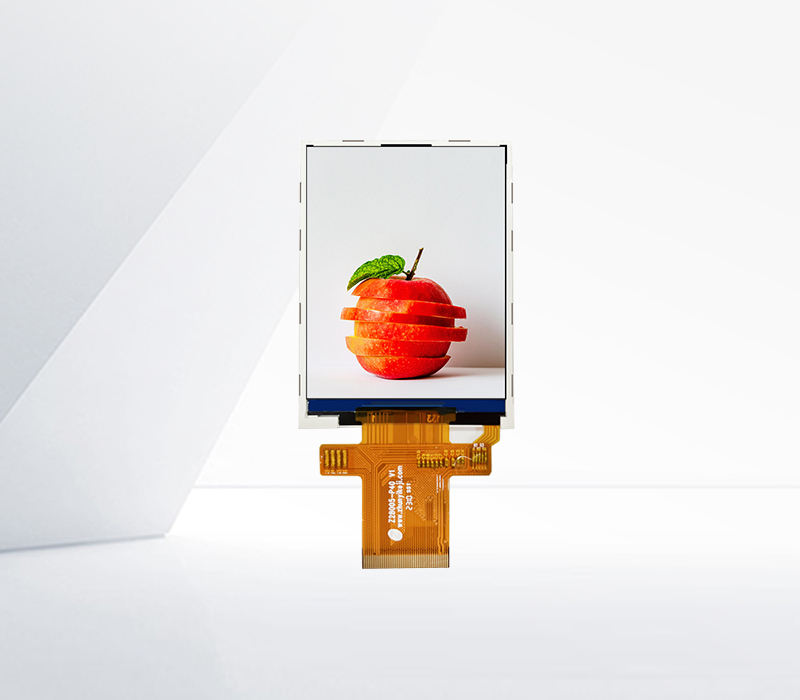




Testing the response speed of touch screens is crucial to evaluate their performance and user experience. There are several reliable testing methods available.
One of the most common methods is the use of specialized touch - screen testing equipment. These devices are designed to simulate real - world touch interactions accurately. For example, a robotic touch - testing machine can be programmed to perform a series of touch gestures, such as single - taps, double - taps, and swipes, on the touch screen. The machine is equipped with sensors that can precisely measure the time it takes for the touch screen to register the touch and provide a response. By recording the time intervals between the touch input and the corresponding output (such as a visual change on the screen or a command execution), the response speed of the touch screen can be determined. The testing equipment can perform these tests repeatedly under controlled conditions, providing consistent and accurate results.
Another approach is software - based testing. There are various software applications available that can be installed on the device with the touch screen to be tested. These software tools use the device's internal sensors and processing capabilities to measure the touch - screen response speed. They typically generate a series of touch events and record the time taken for the system to respond. For instance, some software can measure the latency between a finger touch on the screen and the appearance of a visual feedback, such as a highlighted button. This method is convenient as it can be used on a wide range of devices without the need for additional external hardware. However, it may be slightly less accurate compared to specialized testing equipment as it can be affected by the overall system performance of the device.
Visual inspection and subjective testing can also provide valuable insights into touch - screen response speed. In visual inspection, a tester can perform simple touch gestures while observing the screen closely. A slow - responding touch screen will show a noticeable delay between the touch and the corresponding visual change. Subjective testing involves having multiple users perform a set of common touch - screen tasks, such as navigating through a menu or typing on a virtual keyboard. The users then rate the perceived response speed of the touch screen based on their experience. While this method is more qualitative, it can give an indication of how the touch screen will perform in real - world usage scenarios. Overall, a combination of these testing methods can provide a comprehensive evaluation of the touch - screen response speed.
